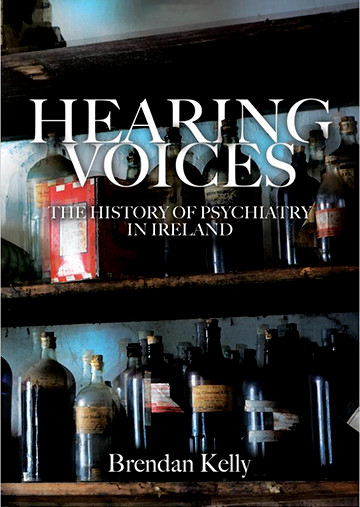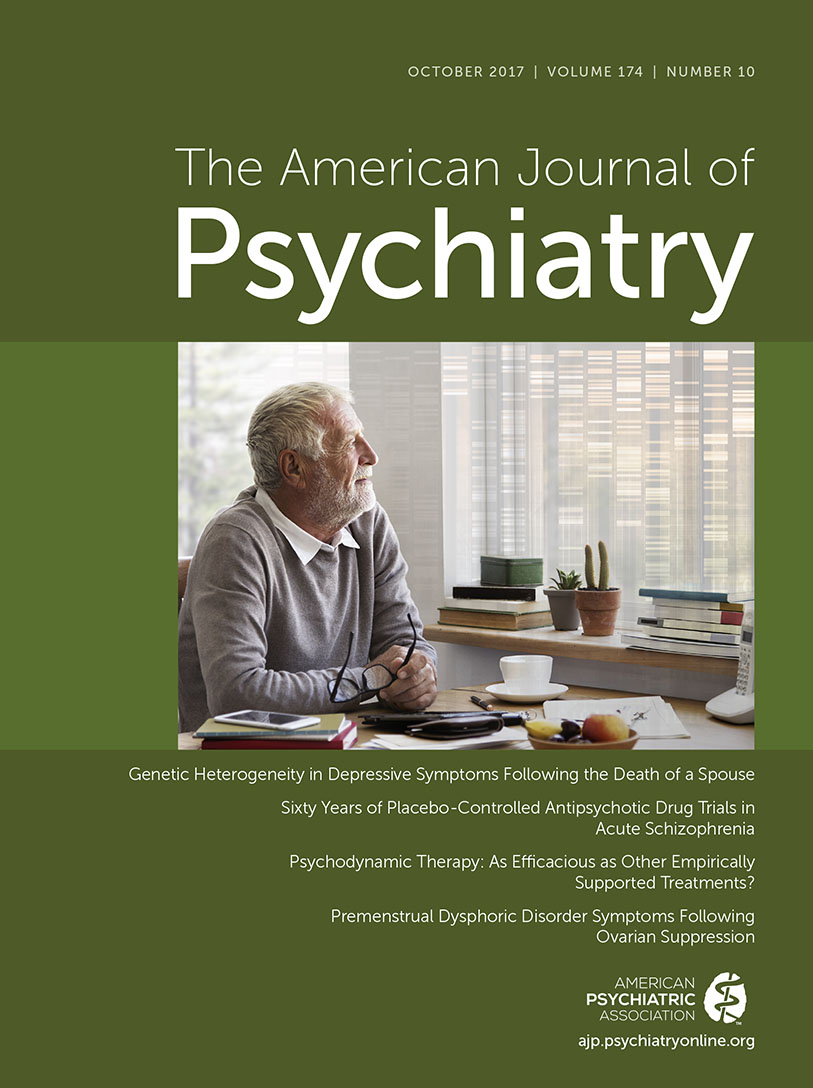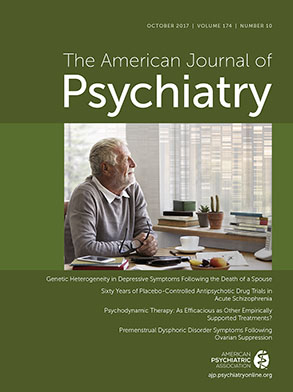He gave the little wealth he had,
To build a house for fools and mad
And show’d by one satiric touch
No nation wanted it so much.
—Self-written epitaph of Jonathan Swift, 1745, as he bequeathed his entire estate to establish the first psychiatric hospital in Ireland.
In addition to providing a scholarly and comprehensive history of psychiatry in Ireland, Brendan Kelly, an accomplished historian, renowned psychiatrist, and chair of the Department of Psychiatry at Trinity College Dublin, has greatly enriched our understanding of the evolution of treatment for those with mental illness. This extensively researched work is also a gift to future scholars with its devotion to primary sources, many unpublished, and extensive cross-referencing to the secondary literature reflected in 82 pages of endnotes.
In many countries throughout the 19th and the first half of the 20th century, there was a rapid expansion in the number of asylums built and populated, but nowhere was this growth as robust as in Ireland. The details (often including physical descriptions and cost) of the Irish asylums established during this time and the number of patients admitted (and seldom discharged, invariably leading to overcrowding) are painstakingly documented (occasionally repetitively), and the determinants of this growth are thoughtfully explored.
Why was it that the rates of admissions to the Irish asylums were higher than the comparable rates in other countries and that these rates fell more gradually than in other countries when deinstitutionalization began to occur? (In 1961, Ireland had 7.3 psychiatric beds per 1,000 of population, the highest rate in the world, while comparable numbers were 4.6 in England, 4.3 in the United States, and 2.1 in France.)
A central theme of this work is that the increased psychiatric hospitalization rates in Ireland were not due to an increased incidence of psychiatric illness or differences in medical practice but rather a broad range of social, political, legal, economic, and demographic factors. In the last quarter of the 20th century, considerable research focused on the question as to whether there was an increased incidence of psychosis in the west of Ireland. Kelly highlights the key research and convincingly demonstrates that the full body of research leads to the conclusion that “Ireland does not, in fact, have a notably high rate (incidence of mental illness) at all” (p. 208). Two of the social and economic factors contributing to the high admission rates that Kelly documents include the impact of abject poverty in much of Ireland in the 19th century, especially the Great Famine (1845–1852), and the involvement of a large number of stakeholders in keeping the asylums viable and occupied. For example, the town of Ballinasloe had a population of 5,596 in 1951, of whom 2,078 were patients in the Ballinasloe Asylum, and virtually everyone in the community had a personal or financial connection with the institution. Similar impediments to institutional closings or stimuli for expansion have also been documented in the United States with state hospitals and prisons.
Kelly, also a forensic psychiatrist, carefully reviews the stimuli for and tenor of committee and commission reports, laws, and regulations and their impact or lack of impact on the provision of services. Unfortunately, while well-intentioned and occasionally identifying a number of meaningful reforms, many of these initiatives were not implemented due to either a lack of governmental support or convoluted and, at times, contradictory and regressive recommendations.
The most influential Irish psychiatrists are identified, appropriately and skillfully woven into major historical themes, and their contributions noted. These individuals include William Hallaran, who published the first Irish textbook in psychiatry in 1810; Conolly Norman (mentioned in James Joyce’s Ulysses), “the reforming doctor” of the last quarter of the 19th century; and leading modern-day psychiatrists such as John Dunne, Anthony Clare, and Ivor Browne. Among Norman’s many progressive influences was his promotion of the career of Eleonora Fleury, who became in 1894 the first female psychiatrist in Ireland or Great Britain.
An interesting, somewhat puzzling aspect of this history is the relative absence of involvement of the Catholic Church in the provision of mental health services, while at the same time it was very involved in education and general medical services. Some Catholic religious orders were involved, but the official Catholic Church did not play a prominent role in the mental health arena. Kelly notes that this is one of the areas that hopefully will be further explored by subsequent historians.
There are other “gaps in the story,” including hearing directly from patients. We know from works such as Geller and Harris’
Women of the Asylum (
1) the illuminating power of these first-person stories. Kelly describes the reasons for this crucial gap, especially for patients before 1940, and notes, “As a result of these factors the historiography of psychiatry in Ireland, as elsewhere, focuses largely on the histories of institutions and legislation, and the patients themselves remain ephemeral, elusive and largely unknown” (p. 7). Kelly does use a number of archival case records to partially fill this gap and also describes current efforts to use other materials to get closer to the voices and thoughts of patients.
The book’s last two chapters focus on developments in this century and the future of psychiatry in Ireland. A crucial advance in the past 30 years has been the rapid growth of mental health advocacy organizations so that Ireland is now a world leader in recipients of mental health services and in families effectively participating at the highest levels in the development, implementation, and review of such services.
While this masterful work is about the history of psychiatry in Ireland (supplemented by references to parallel developments in other countries), it reflects and documents humankind’s historical and continuing grappling with the reality and impact of mental illness. Kelly openly deals with the good, the bad, and the ugly—“the therapeutic enthusiasm, with all the triumph and tragedy, hubris and humility that such enthusiasm brings” (p. 1)—as well as the neglect, isolation, exclusion, mismanagement and, at times, cruelty suffered by those we call patients.
There is much to learn about such matters in this book that can benefit us all. As Kelly concludes, “We must do better” (p. 306).


